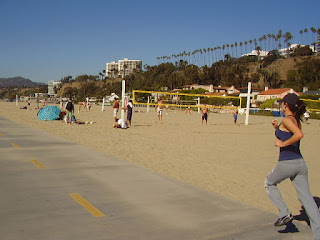http://bwlpublishing.ca/authors/donaldson-yarmey-joan
I started my writing career as a
travel writer, researching and writing seven travel books about the
attractions, sites, and history along the backroads of Alberta, British
Columbia, the Yukon, and Alaska. While working on them I realized what a beautiful
country I live in. Since then I have switched to writing fiction but I still
love to travel. 2017 was Canada’s 150th birthday and to celebrate it
my husband, Mike, and I travelled in a motorhome from our home on Vancouver
Island on the Pacific Ocean to Newfoundland on the Atlantic Ocean. The round
trip took us nine weeks and we were only able to see about half of the sites
and attractions along the roads.
Today I’d like to describe our stop at the Bay of Fundy situated between
the provinces of New Brunswick and Nova Scotia. The Bay has the highest tides
in the world and was formally designated one of North America’s seven wonders
of nature in February, 2014. (The others are Niagara Falls, Grand Canyon,
Yellowstone National Park, Mount McKinley, the Everglades, and Yosemite
National Park).
From Moncton, NB, we drove
south on Route 114 to Hopewell Cape and the Hopewell Rocks arriving in the
afternoon. It was low tide so after we paid, Mike accepted the cart ride
offered while I decided to walk the trail to the Rocks. I arrived at a
viewpoint overlooking the ocean floor and the reddish rock structures. Mike and I took the stairway down to the
floor and wandered out among the tall formations. The ground was surprisingly
solid with a few muddy areas.
The Hopewell Rocks were
originally a massive mountain range that was older than the Appalachians and
bigger than the Rocky Mountains in Canada. Over millions of years the range
wore down and after the retreat of the glaciers during the last ice age, water
seeping through cracks in the cliffs eroded the sedimentary and sandstone and
separated the Rocks from the cliffs. The incoming and outgoing tides have
eroded the base of the rocks at a faster rate than the tops and that has caused
their unusual shapes. Those shapes and the vegetation growing on top have given
the formations their nickname of the Flower Pot Rocks.
Due to the tides the Rocks
are covered in water twice a day. Some visitors are able to see the high and
low tides in one day but since the next high tide would be at night, Mike and I
found a place to camp and returned to the Rocks the next morning. There is
approximately six hours between low and high tide and the entrance fee covers a
return visit to enable visitors to see the Rocks during both tides.
Again, Mike took his ride
and I walked. I reached the viewpoint and the change was astonishing. Just the
tops of some of the rocks showed, the rest being under water. The tides can
reach a height of 16 metres (52ft), which is as high as a four story building,
twice a day. I walked down part of the stairs but the rest was blocked off to
the public because they were under water. High tide is a good time to take a
kayak tour and three kayakers were paddling around the formations.

































